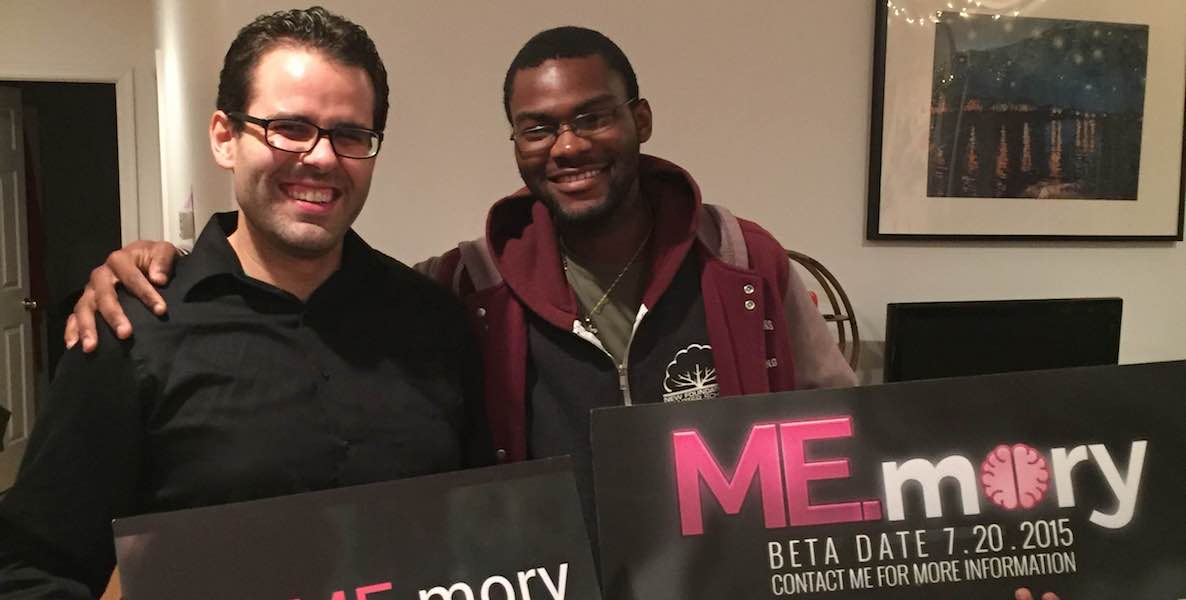When John Maeda was 9 years old, his father, a blue collar worker, did something rare: He took off work to attend parent-teacher night at his son’s school. There, John heard his teacher tell his father: “John is good at math and art.”
The next day, however, John overheard his father say to a family friend: “John is really good at math.” Wait—what happened to art?
Today, Maeda is the groundbreaking designer, artist, technologist and thinker who was instrumental in the movement to put the ‘A’ — for art — into STEM, under the theory that art and design are critical to helping the emphasis on Science, Technology, Engineering and Math drive innovation. As a child, though, he was like so many others who, even today, get the message at a young age that art just isn’t practical.
“I can’t tell you how common that story is, how many people come up to me to say that happened to them, too,” he said, laughing, when I caught up with him last week. Maeda will be kicking off the Drexel ExCITe Center’s year-long Learning Innovation initiative tomorrow night. As a preview, here’s a Maeda TedTalk:
It’s fair to say Maeda’s whole professional life has been about answering his Dad by integrating art, technology, and business; the kid who wondered “what about art?” has become an unrepentant blurrer of lines. When he became president of the legendary Rhode Island School of Design in 2008, he told the Wall Street Journal: “Everyone asks me, ‘Are you bringing technology to RISD?’ I tell them, no, I’m bringing RISD to technology.” He tweeted his presidency in real time, calling those daily 140 character missives of ultra-transparency “public therapy sessions.”
What Maeda modeled at RISD was a different type of leadership, one infused with right brain thinking. Predictably, the Academy was slow to embrace change; once he ran into some Ivy League presidents at a conference who said, “You’re the guy who tweets? We’ve been watching you to see how long until you get fired!” In 2013, Maeda moved on to Silicon Valley, and now he’s Global Head, Computational Design and Inclusion at Automattic, the company behind WordPress.com, where, he writes, he’s “serving the Open Source mission.” There, Maeda has launched Design.blog, a site featuring new stories every week from thinkers, designers and writers. When I ask Maeda what he’s doing to reimagine our concept of media at Automattic, he laughs: “Oh, I don’t know,” he says. “I’m just getting started. But I am questioning everything.”
Questioning everything. Wouldn’t that be an awesome description to put on a business card? Maeda has made his way in the world by doing just that, and in the process he has expanded our notion of what technology is. It harkens back to the ‘70s, when a guy named Jobs somehow intuited some of the same harmonic convergences. “Apple is interesting, because its founder, this failed liberal arts student, imagined a cultural application to technology,” Maeda says. “He wasn’t asking, ‘How do we make this faster?’ He was asking, ‘How does it make you feel?’ Remember, no one wanted an Apple computer. It was more expensive—and who needs a designed computer?”

Get More From Every Story
We include boxes in nearly every story to help you take action. Click the boxes below to see how you can make Philly better.
Design, though, turned what had been a utilitarian technology into an iconic cultural touchstone. “The same thing happened in the car industry,” Maeda says. “At first, it had to be all about being fast. But once you get too far past the speed limit, you can’t go any faster. It changed when the technology became commoditized and it was suddenly about how this product made you feel.”
So talk about coming full circle. Recently, Maeda was contacted by a student who was yearning to go to art school. But his father—citing practicality—was pushing computer science. “You can pursue both at the same time,” Maeda told the student, who breathed a sigh of relief. To hear Maeda tell it, STEAM has caught on especially at the K-12 level, but not quite as much at the higher education level, which moves much more slowly—as he found at RISD. “That’s what makes Drexel’s ExCITe Center so important,” Maeda says. There, under the leadership of ExCITe Director Youngmoo Kim, the Learning Innovation program will be rethinking just what learning is and can be, taking deep dives into just how innovations like maker spaces and gamification can change education.
But Maeda says the Drexel program will really be doing something else. “By creating a place where creativity, technology and commerce all come together, this type of convergence becomes normal,” he says. And that means that fathers not quite getting the practical applications of art just might become a thing of the past.
Photo header: Flickr/PopTech





